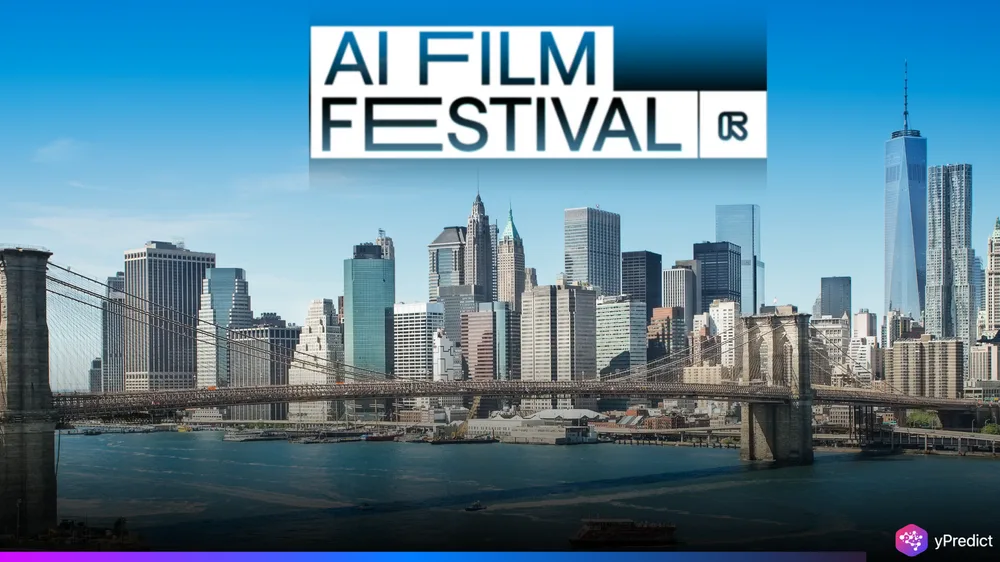
New York City became the epicenter of AI creativity this week as the AI Film Festival 2025, hosted by Runway, returned for its third edition. The festival featured 10 cutting-edge short films, each using AI-generated video to push the boundaries of what’s possible in modern filmmaking. What started in 2023 as an ambitious experiment has now evolved into one of the most innovative showcases in the entertainment industry.
Runway’s CEO Cristóbal Valenzuela addressed a buzzing crowd, reflecting on the journey from a “crazy idea” to a global platform. “Today, millions of people are making billions of videos using tools we only dreamed of,” he said.
From 300 to 6,000 Submissions in Just Two Years
The festival has witnessed exponential growth. While the first edition received just 300 entries, this year’s event saw over 6,000 submissions from filmmakers across continents. The entries combined AI-generated visuals with live-action elements, sound, and animation showcasing a new hybrid language of cinema.
Films are judged not only on creativity and impact but also on how AI is implemented. While every submission must include AI-generated video, there’s no strict requirement on how much AI is used. This allows for mixed media approaches that combine traditional filmmaking with cutting-edge technology.
Winners That Stood Out
Among the standout films was “Total Pixel Space” by Jacob Alder, which claimed the top prize. In just under ten minutes, Alder’s film tackles the abstract question: How many possible images exist in the digital universe? By blending mathematical theory with surreal AI-generated visuals, the film offered a stunning, mind-bending cinematic experience.
Second place went to “Jailbird” by Andrew Salter, which offered a unique perspective literally by following a chicken’s journey into a British prison for a joint rehabilitation program. The film was lauded for its creativity and unconventional narrative.
The Challenge and Promise of AI Filmmaking
Creating a compelling film using generative AI is far from simple. It requires an intricate balance of prompt engineering, storyboarding, and visual coherence, even for short scenes. Filmmakers often use detailed text, image, and audio prompts to generate consistent outputs, pushing the capabilities of platforms like Runway and others.
Still, the results are remarkable. As tools evolve, AI-generated videos are becoming increasingly realistic and emotionally engaging. Runway encourages creators to use its suite of tools but also welcomes entries made using external platforms — emphasizing openness and creativity in the process.
AI in Hollywood and the Broader Industry
Beyond indie festivals, AI’s presence in Hollywood is already significant. From de-aging actors in blockbuster films to automating post-production edits and organizing raw footage, AI is making filmmaking more efficient and versatile.
However, this rapid adoption has sparked debates about job security and artistic integrity. Organizations like IATSE and SAG-AFTRA are actively negotiating AI-related protections, aiming to ensure that innovation doesn’t come at the cost of workers’ livelihoods.
Empowering, Not Replacing, Creators
Valenzuela concluded by saying it is not the festival’s goal to replace human creativity, but to elevate and empower it. “Change is always scary,” he said, “but you have to know what you can do with change.” He compared the development of AI for filmmaking to the development of film a new medium that was once hard to feel comfortable with and difficult to find a space for but is now universally celebrated.
With AI tools growing more abundant and easy to access, we remain at the edge of the creative frontier. The AI Film Festival is not only a celebration of new technology, but also evidence that human imagination can endure, particularly when amplified as a result of machines.






